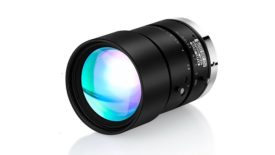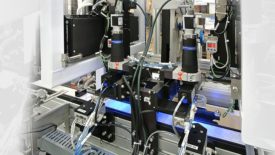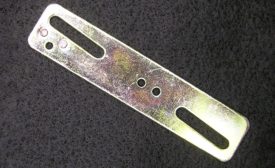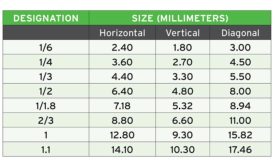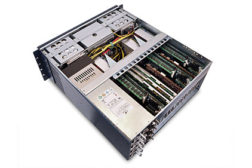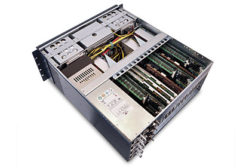Perry C. West
Perry C. West is president of Automated Vision Systems Inc. (San Jose, CA). For more information, call (408) 267-1746, e-mail [email protected] or visit www.autovis.com.
ARTICLES
Vision & Sensors | Trends
Machine vision continues to grow somewhat faster than the GDP.
Read More
Vision & Sensors | Machine Vision 101
Image Processing for Machine Vision – How Did We Get Here?
Machine Learning (ML) has been part of machine vision image processing almost from the beginning.
May 4, 2023
Test & Inspection
The Shrinking Pixel
What motivates smaller pixels? It's mainly cost, which is directly tied to image sensor size.
February 15, 2022
Vision & Sensors
Vision & Sensors 101: Machine Vision System Integration
Success with vision system integration requires starting right.
January 1, 2022
VISION & SENSORS - MACHINE VISION 101
Engineered Lighting: Part 2 of 3
Learn how to choose a light source to take advantage of the characteristics that create contrast.
March 9, 2021
Machine Vision Systems Design: The Basics
Systems integration is the process of bringing together diverse and disparate components and sub-systems and making them function as a single unified system.
September 1, 2020
The Effective System Integrator
Risks are inherent in any engineering activity such as system integration.
July 1, 2017
Machine Vision Systems
Machine Vision Components
Learn what to keep in mind when selecting machine vision components.
July 2, 2014
Get our new eMagazine delivered to your inbox every month.
Stay in the know with Quality’s comprehensive coverage of the manufacturing and metrology industries.
SIGN UP TODAY!Copyright ©2024. All Rights Reserved BNP Media.
Design, CMS, Hosting & Web Development :: ePublishing
